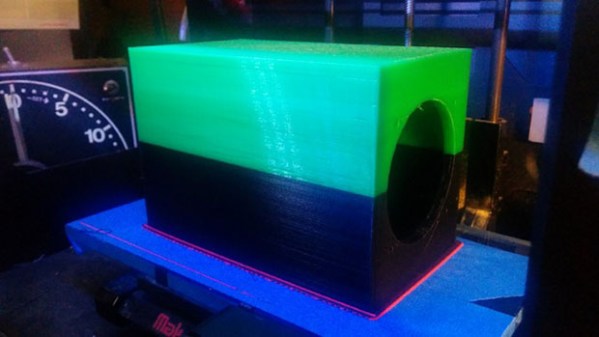When you go to build a subwoofer box, wood is the most common choice. When it came to his project, though, [Startup Chuck] decided to go a different route entirely. Rather than the usual plywood or MDF, he decided to try Trex decking instead. Why? He had some lying around, and he suspected it might just sound good.
If you’re unfamiliar with it, Trex decking is a composite material made of recycled materials like reclaimed wood and plastic film. The best part, though? Trex decking is twice as dense as MDF. That makes it good for speaker box use because it flexes less and thus absorbs less energy from the subwoofer. [Chuck] walks us through cutting out the parts for the box and the subsequent assembly. Ultimately, it’s not dissimilar from building a speaker box out of wood; the material is simply not that different—just denser.
[Chuck] also puts his new sub through some quick little tests, demonstrating that minimal vibration is passed through to the enclosure itself. He reports that the final build has a “nice, deep sound.” Meanwhile, if you don’t like working with your hands, you could always 3D-print your speaker enclosures instead.
Continue reading “Building A Subwoofer Box Out Of Decking Material”


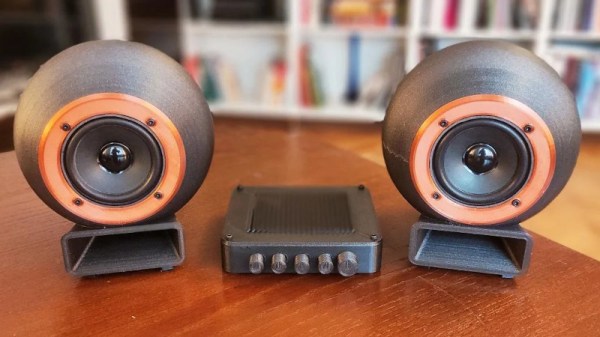
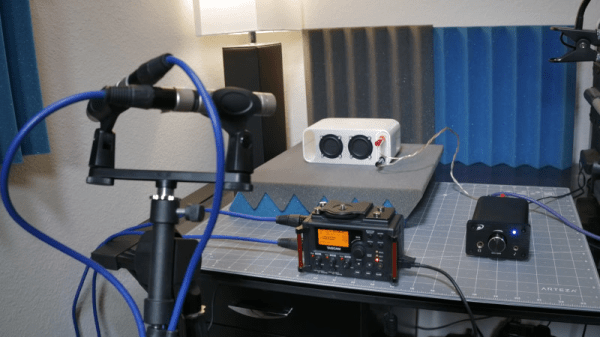
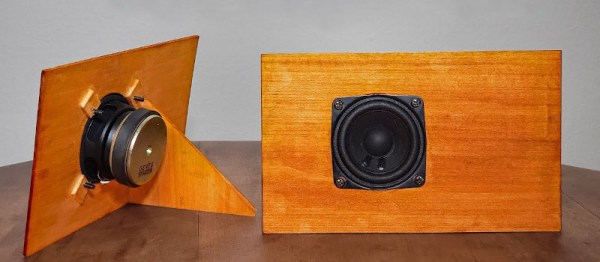

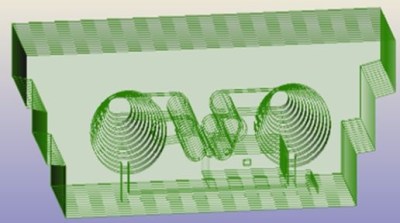 The case is made out of plywood: many, many layers of plywood. Each layer of plywood was cut out using a laser cutter. Unlike most speaker cabinets that have a distinct boxy enclosure, this unit is mostly solid with cutouts in each layer only where voids were designed to be. [decpower] tried to replicate the Bose Wave Radio internal sound passages. Up top a dock slot complete with a 30-pin connector makes connecting an iPod super simple.
The case is made out of plywood: many, many layers of plywood. Each layer of plywood was cut out using a laser cutter. Unlike most speaker cabinets that have a distinct boxy enclosure, this unit is mostly solid with cutouts in each layer only where voids were designed to be. [decpower] tried to replicate the Bose Wave Radio internal sound passages. Up top a dock slot complete with a 30-pin connector makes connecting an iPod super simple.